-

90 Degree Swivel Hydraulic Hose Connector – Steel or Stainless Options
Hydraulic systems are the backbone of many industries—from heavy construction to manufacturing and agriculture. At the heart of these systems are the fittings and connectors that keep pressurized fluid flowing where it’s needed most. Among these essential components, 90° swivel hydraulic hose con...Read More -

NPT vs FIP vs MIP: The Ultimate Thread Comparison Guide
When working with plumbing, mechanical systems, or DIY home projects, understanding different pipe threads is crucial. When the incorrect kind is used, it may result in annoying leaks, stripped fittings, or even system failure. NPT, FIP, and MIP are some of the most prevalent thread types that yo...Read More -

NPT vs RC Threads: What’s the Difference and Why It Matters
When working with piping, fluid systems, or mechanical assemblies, choosing the right type of thread can be the difference between a secure, leak-free system—and a costly, dangerous failure. One of the most common points of confusion arises when distinguishing between NPT (National Pipe Taper) th...Read More -

How to Connect a Double Flare to an AN Fitting: Step-by-Step Guide
Connecting a double flare to an AN (Army-Navy) fitting isn’t as straightforward as it may seem, especially for those unfamiliar with the key differences between flare standards. Whether you’re upgrading a brake system, fuel line, or hydraulic setup, understanding how these fittings work together ...Read More -

DIN vs ISO Standards: Pros, Cons, and Practical Selection Tips
In the world of manufacturing and construction, precision and consistency are non-negotiable. Whether you’re assembling a car engine or constructing a high-rise, every bolt, nut, and fastener must meet specific quality and dimensional standards to ensure safety, performance, and reliability...Read More -

Why NPT Thread Taper Angle Matters in Pipe Fitting
In industries ranging from oil and gas to plumbing and chemical processing, pipe fittings are crucial components. They ensure the safe and reliable transport of fluids and gases under varying pressures and temperatures. Whether you’re assembling a water line or designing a high-pressure hyd...Read More -

ISO 4032 vs Other Nut Standards: What You Need to Know
When it comes to mechanical assemblies, the reliability of a structure often hinges on the smallest components, like nuts and bolts. Standardization ensures that fasteners are safe, interchangeable, and fit precisely, no matter where or how they are used. For engineers, designers, and procurement...Read More -
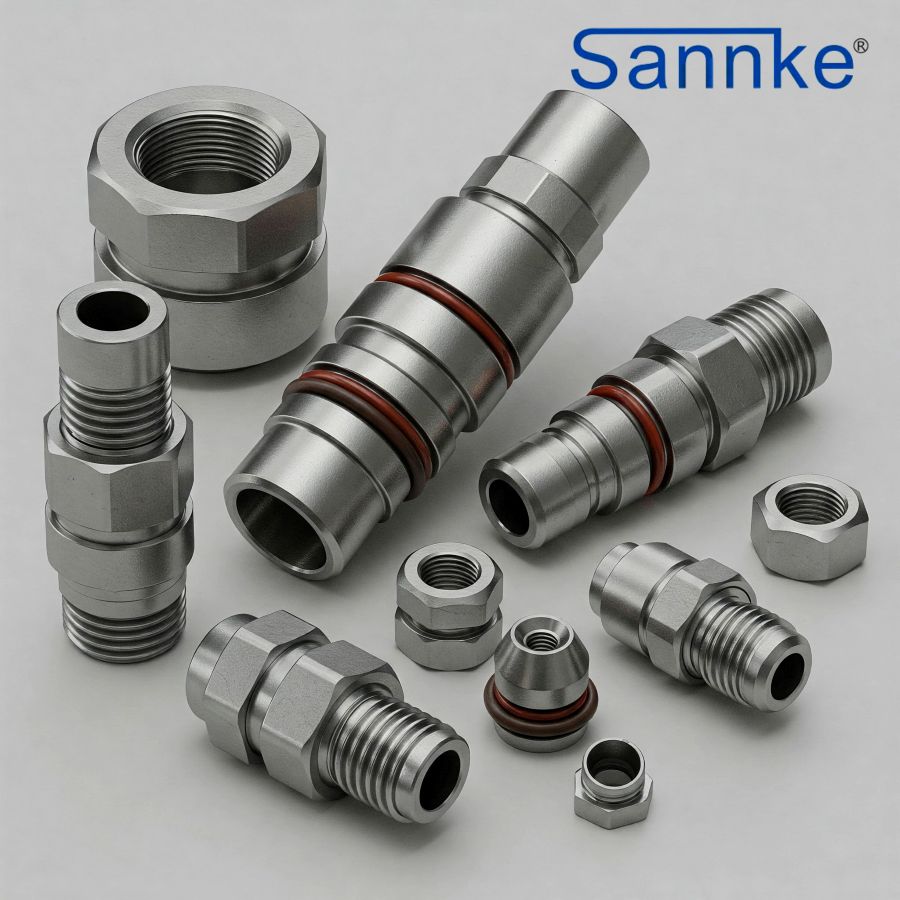
The Role of Flare Connections in High-Pressure Hydraulics
Hydraulic systems are essential in a wide range of industries—from construction and agriculture to aerospace and manufacturing. These systems rely on the controlled movement of pressurized fluids to perform heavy-duty tasks. In high-pressure environments, even the smallest leak or failure in the ...Read More -
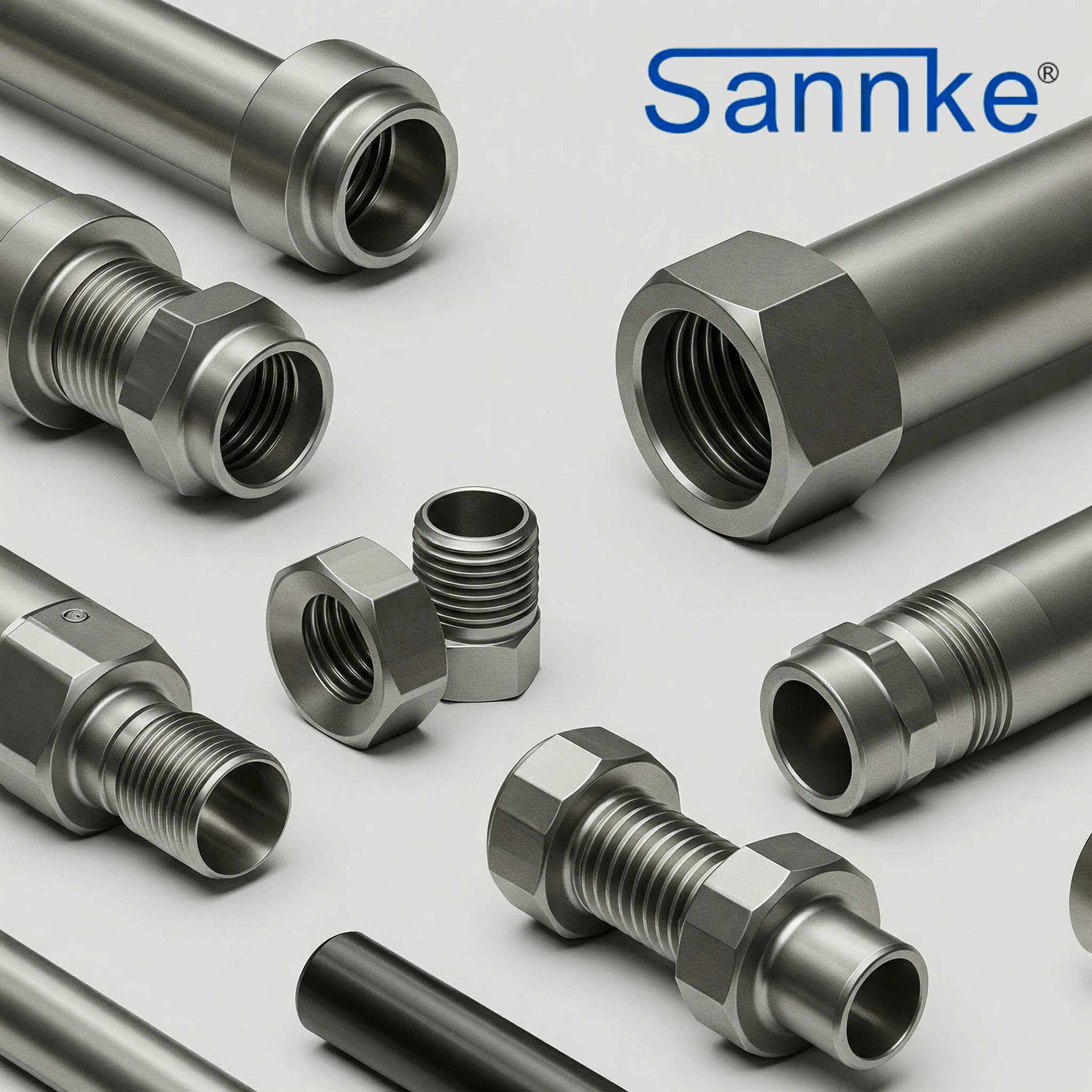
Are NPT and NPS Threads Compatible or Not?
In plumbing and industrial applications, pipe threads play a critical role in connecting various components like pipes, fittings, and valves. Whether you’re working on a water line, gas system, or hydraulic setup, thread compatibility is crucial to ensure a secure and leak-free connection. ...Read More -
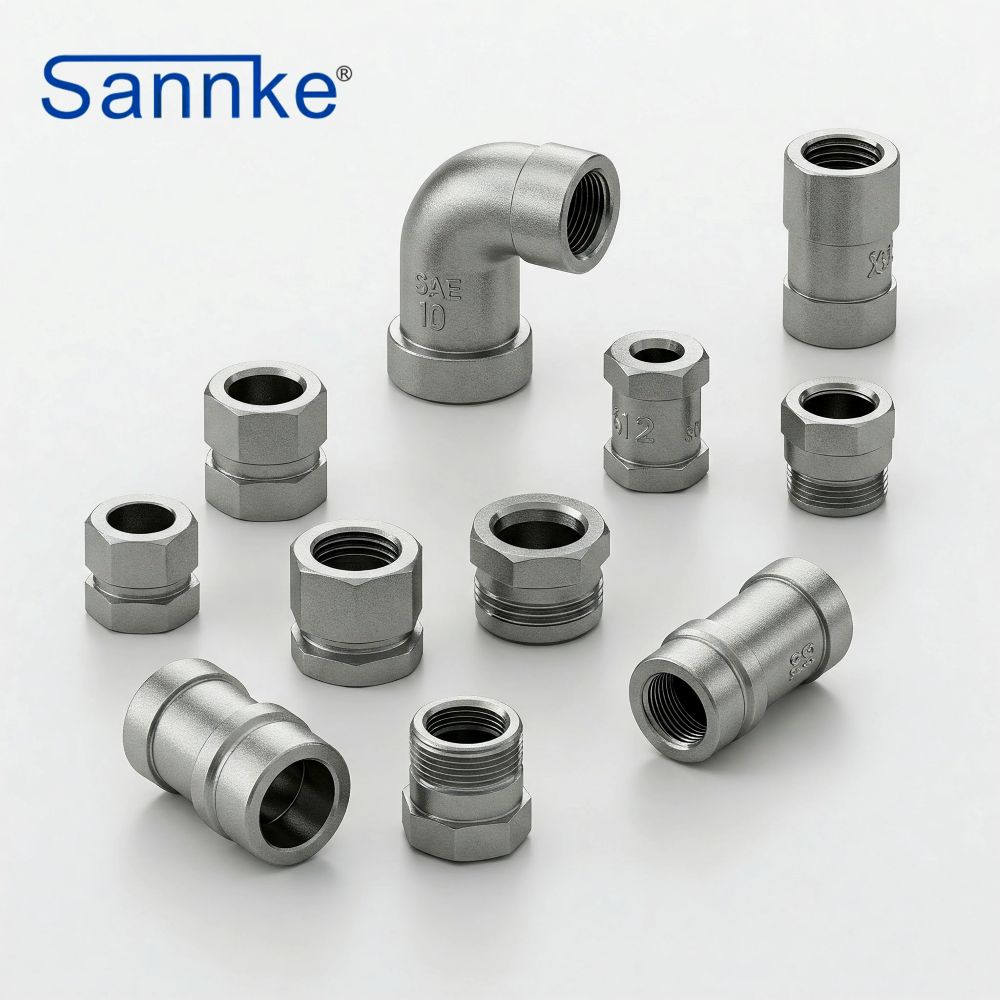
DIN 2353 vs SAE: Key Differences in Hydraulic Fittings
Hydraulic fittings are essential components in fluid power systems, enabling the secure and leak-free transfer of fluids under high pressure. Choosing the right fitting standard is critical to system performance, longevity, and safety. Two widely used standards are DIN 2353 and SAE fittings. Each...Read More -
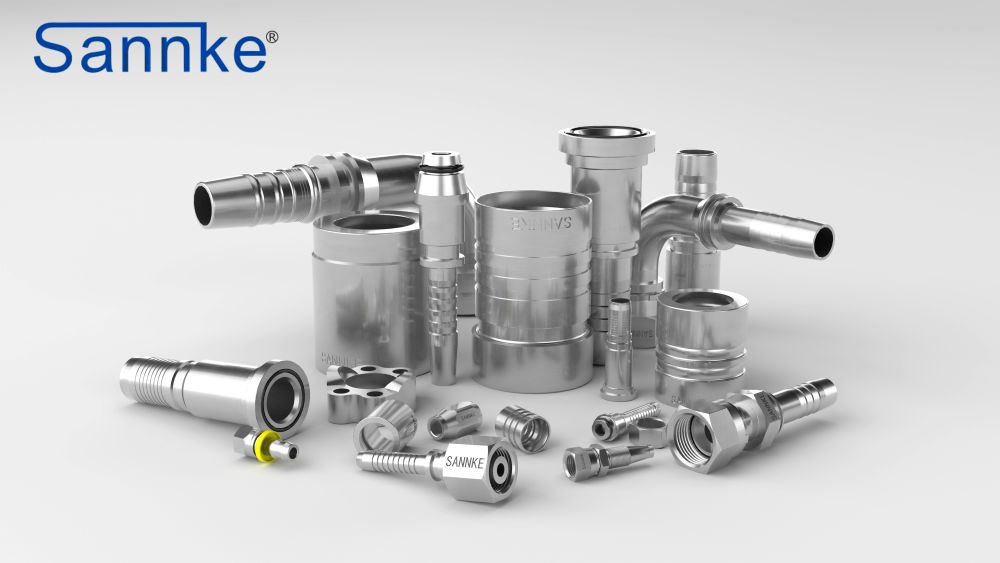
Complete Guide to SAE O-Ring Port Dimensions
SAE O-Ring ports are a cornerstone of leak-free, high-pressure fluid connections in hydraulic and pneumatic systems. Designed with a machined groove for an elastomeric O-ring, these ports ensure a reliable seal even under extreme operating conditions. In hydraulic and pneumatic applications, ensu...Read More -
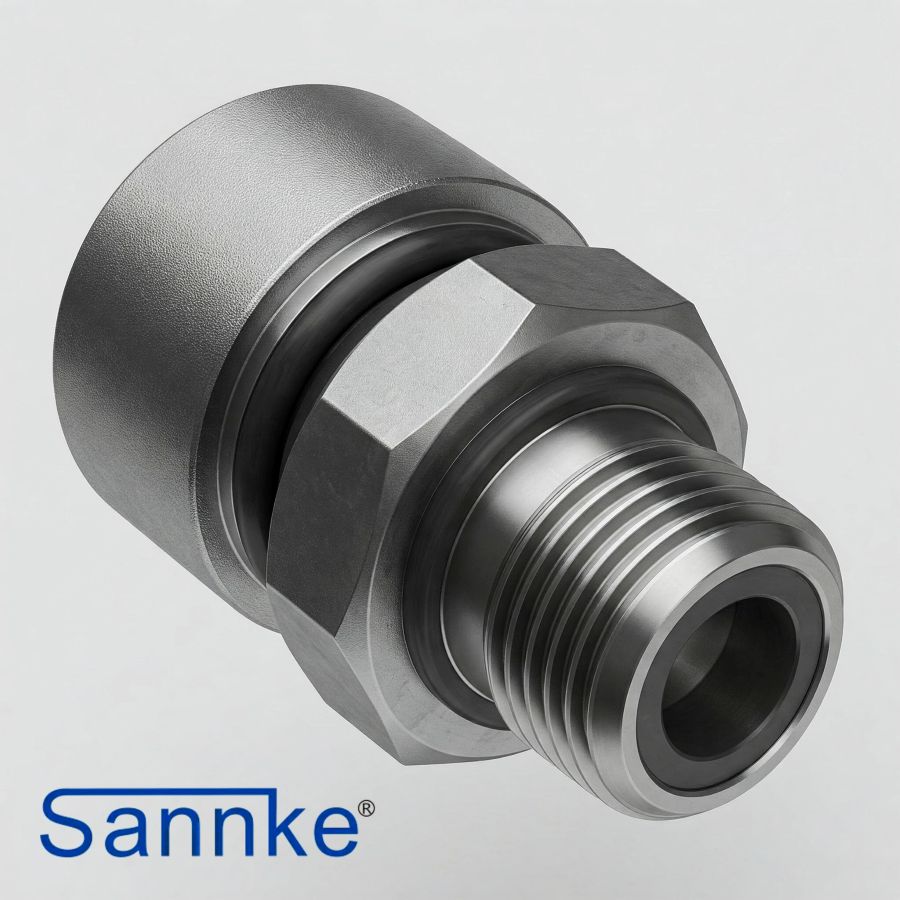
Flat Face O’Ring Hydraulic Fittings – The Ultimate Seal Solution
In the world of fluid power systems, hydraulic fittings play a critical role in ensuring safe, efficient, and leak-free connections between various components. These small but essential parts are tasked with withstanding high pressure, extreme temperatures, and demanding operational conditions—ma...Read More

